Living In Chile–On the Mountain
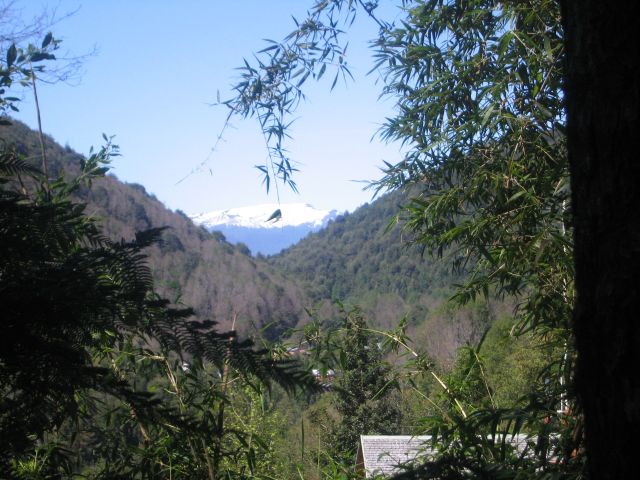 Andes Mountains in the Pucon-Villarrica Area of Chile
Andes Mountains in the Pucon-Villarrica Area of Chile
What would it be like, living in Chile? As long as we are here, we decided to give it a try.
We are still in the Araucania Region of Chile. Some of you who were receiving our emails six years ago will remember the incredible beauty of Bariloche on the Argentina side of the Andes Mountains. Well, this is more or less “the other side of the mountain.” In Bariloche there were problems with owning real estate if you were not Argentinian. There still are in certain areas. But there are no such problems on the Chile side and I would be hard pressed to decide which side is more beautiful.
There is more rain on the Chile side. In fact, there is quite a lot of rain in the south of Chile in the winter, which is something to consider. On this visit, although it is still cool here, it is getting on toward summer and the weather is very pleasant. Because we know that it rains a lot in winter, we did watch for mold in the buildings and didn’t find any.
Chile is a long, narrow country, stretching from almost Antarctica all the way to the border of Peru, and so offers a wide choice of climates and terrain. Here in the Patagonia area, the Chile countryside is lush and green. It becomes very arid as you near the Atacama Desert to the far north, but if you do well in an arid climate, La Serena is worth looking at. We are concerned about water sources in any given area since those who analyze world economics and commodity markets think that water will be the next oil. So we like the idea of being where there is plenty of it.
On the Argentina side, by contrast, as you leave the mountains and the lakes, as you travel east, the land quickly becomes very arid and, although it does not turn to desert, most of the land on that side is vast, open pasture land. The high mountains wring out the moisture on the Chile side before it can pass over to Argentina. But the mountains get plenty of snow and the creeks and streams water Argentina as well. The Argentina side of the mountains is lined with ski resorts, as is the Chile side.
Some people shy away from Chile because of the volcanoes. You will remember we wrote in an earlier article that Chile has that covered. Different real estate parcels are rated for risk in the event of an eruption. Therefore, you can choose real estate with confidence in the safe zones. And even when the Chile volcano erupted a few years ago, to our surprise things were not as one might expect. People in Chile were barely affected. The wind currents dumped most of the ash on poor Argentina. Bariloche, Villa la Angostura and that area of Argentina was more or less shut down because the ash fell like snow–several feet of ash in some places and for a while the air was laden with ash. They still have some ash, we hear, in Argentina, because it lodged in the tree tops and continues to fall. But overall things are back to normal in Argentina.
One thing I notice is that I go to sleep here and know nothing until morning. I sleep well in Buenos Aires, in the sense that I don’t have the feeling of not being rested. But I wake up again and again in the city, then go back to sleep. There has been quite a volume of information published about the effects of electromagnetic impulses on both sleep and health, not only from Wi-Fi but from high-power lines overhead and even electrica current flowing through your bedroom wall if it is near your bed. Just out of curiosity I sometimes count the Wi-Fi signals that my computer shows are passing through my apartment in Buenos Aires. I have counted as many as 58 Wi-Fi signals at one time. Also any light at all in your room, even an LED from your alarm clock, interferes with your production of melatonin and, consequently, with deep sleep. Melatonin is important for the immune system, prevention of cancer as well as for sleep. So the darker your sleeping area, and the fewer electromagnetic impulses in your bedroom, the better.
I don’t know if these things are factors, but in any event, here on the mountain there is no Wi-Fi if we don’t have it on ourselves, and when you turn out the light, you cannot see your hand in front of your face. It’s amazing how dark it is when you are out of the city. I suspect that God meant for it to be that way.
Food grown in Chile is not genetically modified. However, Monsanto managed to get permission to start plants in Chile, which are exported. Now why not start the plants where they will be grown? As far as we are concerned, even when Monsanto is limited, they try to get their nose in the tent–or a foot in the door–and then pry it open. Something similar is happening in Uruguay where they were not allowed in the country until more recently. Uruguay finally gave them permission to grow corn and soy for export. One farmer who rents his land to them assured us that all of the soy grown on his land is shipped to China.
Some of our readers, like me, prefer mountains. And some like beach. Chile offers the best of both worlds. We are in the Andes as I write this, about two hours drive from the ocean. Now if you just like beach, there are lots of beaches here because of the many lakes in this area. In fact, here is one about 15 miles outside of Pucon that is less crowded than the Pucon beach. This is Lake Caburgua and is reported to be 15 degrees warmer than other lakes in the area. It is one of a string of lakes in this area. There are also several hot springs in and around Pucon and even in Temuco and other areas. But if it just isn’t “beach” to you unless it is salt water, the Pacific Ocean is a couple of hours to the west.
The link below will show you a little more of this area. Many of these videos are amateur and we have been known (frequently!) to mute the sound.
http://www.youtube.com/watch?v=6GiTmVrNc7g
Next we will take a close look at Pucon before we move on to Temuco.
Stay tuned . . .
Arlean
info@fourflagsjournal.com
copyright Four Flags Journal all rights reserved.
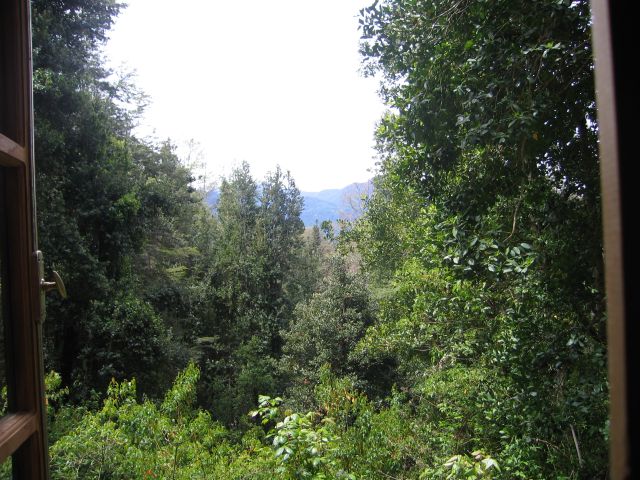
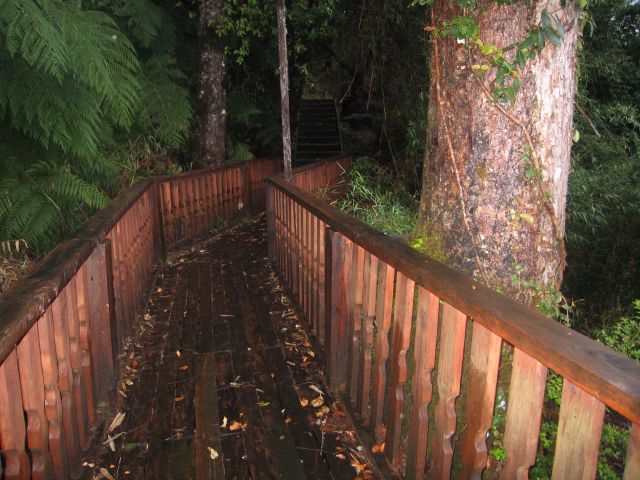

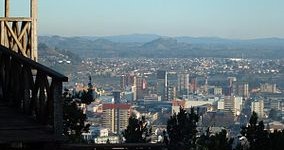
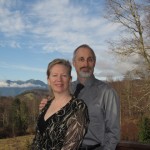
Leave a Reply